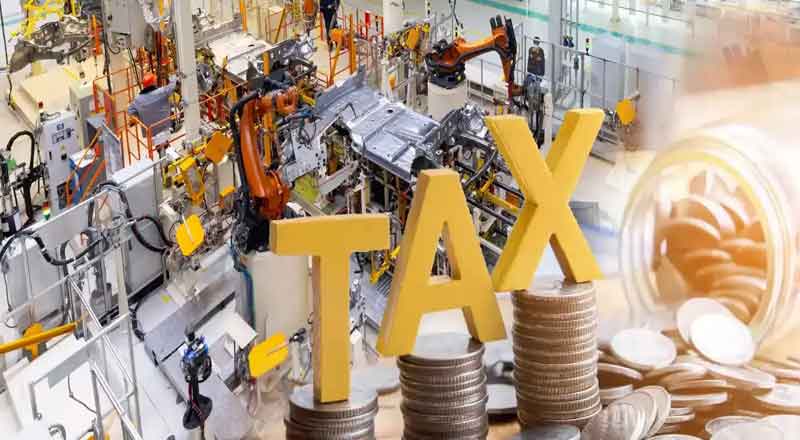- World Bank President Ajay Banga is bullish about India, and said he is more optimistic about the economy’s growth prospects now than he has been “in a long time”.
- Banga said he is a “big fan” of India’s digital payments infrastructure.
- He was more circumspect about the global economy, commenting that it is in a “difficult place”.
- Meanwhile, the World Bank has estimated the global economy will grow by 2.1 percent in 2023.
- World Bank President unveiled new plans to stretch the bank’s balance sheet and help countries tackle climate change and other challenges.
- World Bank chief Banga unveils new plans to boost lending ‘firepower’.
World Bank President Ajay Banga is bullish about India, and said he is more optimistic about the economy’s growth prospects now than he has been “in a long time”. Speaking on the sidelines of the third meeting of G20 Finance Ministers and Central Bank Governors in Gandhinagar on July 17, Banga said he is a “big fan” of India’s digital payments infrastructure.
The Indian economy is the world’s fastest-growing large economy, with the higher-than-expected GDP growth print of 6.1 percent for January-March taking the 2022-23 number to 7.2 percent. While some economists see growth slowing down sharply to under 6 percent in 2023-24 on account of weakening global growth prospects, the Indian government and the Reserve Bank of India (RBI) are bullish and see the economy expanding by 6.5 percent this year.
Banga, who took charge as the President of the World Bank in early June, was more circumspect about the global economy, commenting that it is in a “difficult place”.
However, he expressed hope, saying that “forecast is not equal to destiny”. “We can change destiny. That’s what we should think of right now.” In April, the IMF had cut its growth forecast for the world economy for 2023 and 2024 by 10 basis points each to 2.8 percent and 3 percent, respectively.
“Tentative signs in early 2023 that the world economy could achieve a soft landing – with inflation coming down and growth steady – have receded amid stubbornly high inflation and recent financial sector turmoil,” the IMF had said in its World Economic Outlook report, referring to the collapse of regional banks in the US and the takeover of Credit Suisse by UBS in Switzerland.
Meanwhile, the World Bank has estimated the global economy will grow by 2.1 percent in 2023. World Bank President Ajay Banga unveiled new plans to stretch the bank’s balance sheet and help countries tackle climate change and other challenges but said a capital increase would still eventually be needed.
Banga announced the new proposals to “make our balance sheet work harder” during a meeting of finance officials from the Group of 20 major economies in Gandhinagar, India. World Bank chief Banga unveils new plans to boost lending ‘firepower’.
The new steps, still being discussed with shareholder countries, come on top of initial steps approved in April that will boost World Bank lending by up to $50 billion over the next decade.
The U.S., the bank’s biggest shareholder, kicked off the push for reforms in October, later nominating Banga to succeed former president David Malpass with a specific mandate to accelerate the evolution of the nearly 70-year-old institution.
U.S. Treasury Secretary Janet Yellen this week called for more work to reform the World Bank and other multilateral development banks, saying capital increases would be on the table only after they undertook changes to expand their capacity to help countries tackle climate change and other challenges. “We are making quick progress,” Banga said in a prepared text of his remarks. “We are building a better bank, but eventually we will need a bigger bank.”
The plans could generate tens of billions of additional lending by allowing shareholders to guarantee loans if countries cannot repay them, a move the World Bank said would allow it to generate $6 in new lending for every $1 in guarantees over a 10-year period – or $30 billion for every $5 billion.
In another step, the bank could also issue a new hybrid capital instrument that would allow shareholders to invest in bonds, allowing it to boost lending by up to $6 billion. It proposes to absorb more risk and expand lending by widening conditions for callable capital – money pledged by governments but not currently “paid-in.” And it plans to expand very low or zero-interest lending, including through a new $6 billion crisis facility set up for the poorest countries through the International Development Association.
(With inputs from agencies)





